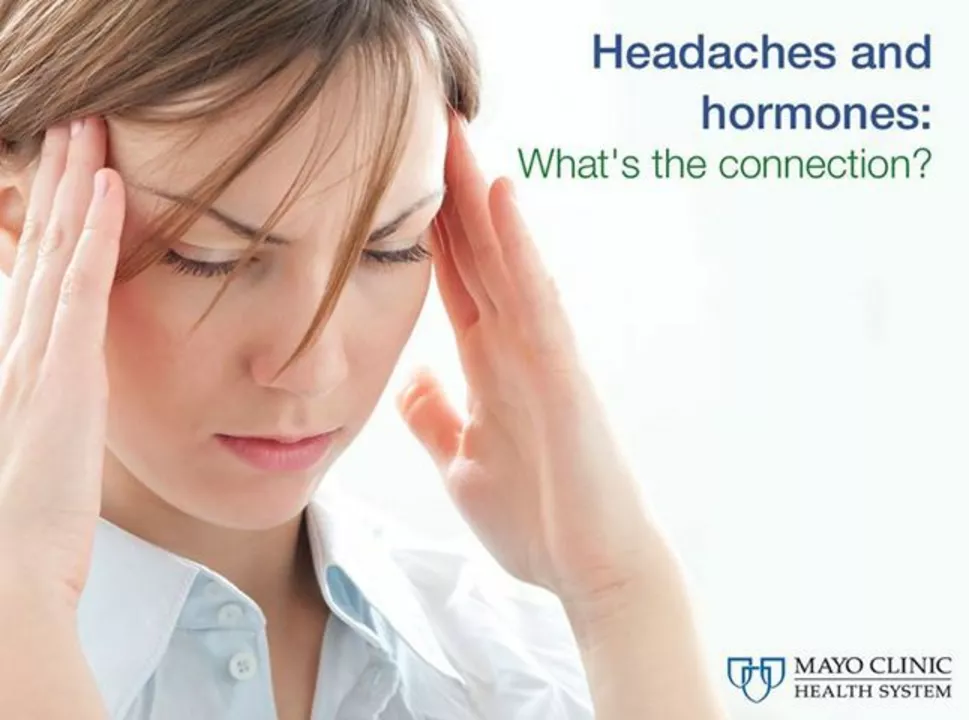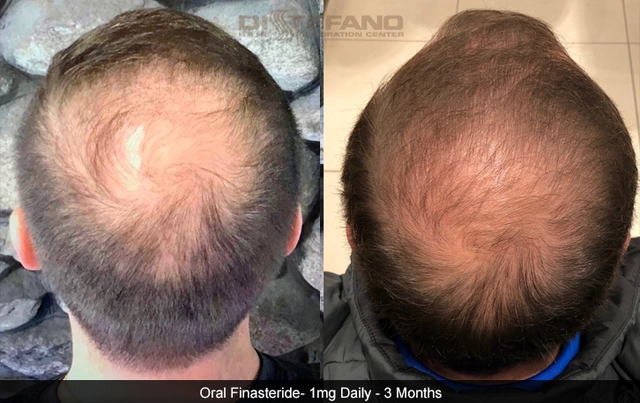Estradiol: what it does and why people take it
Estradiol is the main form of estrogen your body makes. People take estradiol to treat menopause symptoms (hot flashes, night sweats, vaginal dryness), for certain menstrual issues, or as part of gender-affirming hormone therapy. It also helps prevent bone loss when estrogen is low. If you’re considering estradiol, this page gives straight answers about the common forms, how it’s used, and practical safety tips.
Common forms and how they differ
Estradiol comes as pills, patches, gels/creams, vaginal rings or tablets, and injections. Pills are easy but pass through the liver first, which can change how the drug acts. Patches and gels deliver estradiol through the skin and usually give steadier hormone levels with less impact on the liver. Vaginal products focus on local symptoms like dryness and are low-dose. Injections are less common but used in some medical settings. Pick the form that fits your goals and lifestyle—and discuss risks with your clinician.
Practical tip: if you plan to travel, patches should be packed in your carry-on and kept away from very hot locations (patches can loosen in heat). Gels need time to dry before dressing; don’t shower or swim for the time recommended on the label.
Basic dosing guidance and day-to-day use
Exact doses vary. For adults, oral estradiol tablets often fall in the 0.5–2 mg range daily; patches are usually measured in micrograms per day (common doses: 25–100 mcg/day). Vaginal rings or tablets are lower-dose and used on a schedule set by your prescriber. Your doctor may start low and adjust based on symptoms and side effects. Missed-dose rules depend on the product—pills are usually taken as soon as you remember, patches should be replaced if they fall off, and vaginal tablets follow the insert instructions. Read the leaflet and ask your pharmacist if you’re unsure.
Drug interactions matter. Certain antibiotics and seizure drugs can lower estradiol levels, while grapefruit and some antifungals can raise levels. Smoking raises the risk of blood clots with estrogen, especially over age 35. Always tell your provider about all medicines and supplements you take.
Monitoring: expect periodic checks—blood pressure, breast exams, pelvic exams, and routine cancer screening like mammograms as advised. Your provider may also check liver function or cholesterol in some cases.
Side effects range from mild to urgent. Common mild effects include breast tenderness, nausea, headaches, and bloating. Seek immediate care for signs of a blood clot (sudden leg swelling or pain, chest pain, shortness of breath), sudden severe headache or vision changes, yellowing of skin/eyes, or severe abdominal pain.
Bottom line: estradiol works well for many people but needs to match your health history and goals. Talk openly with your provider about risks, preferred form, and how you’ll monitor treatment. If something doesn’t feel right while you’re on estradiol, call your clinician—don’t wait.
As someone who suffers from migraine headaches, I've been researching potential causes and recently discovered a connection between estradiol levels and migraine occurrences. Estradiol is a type of estrogen hormone that, when imbalanced, can trigger migraines in some individuals. This is particularly noticeable in women, as hormonal fluctuations during menstruation, pregnancy, and menopause can lead to increased migraines. It's important to note that not everyone with migraines will be affected by estradiol, but for those who are, managing hormone levels could be an effective way to reduce the frequency of these debilitating headaches. I'll be looking into potential treatments and lifestyle changes to help balance my hormones and hopefully find some relief from my migraines.
View Details

